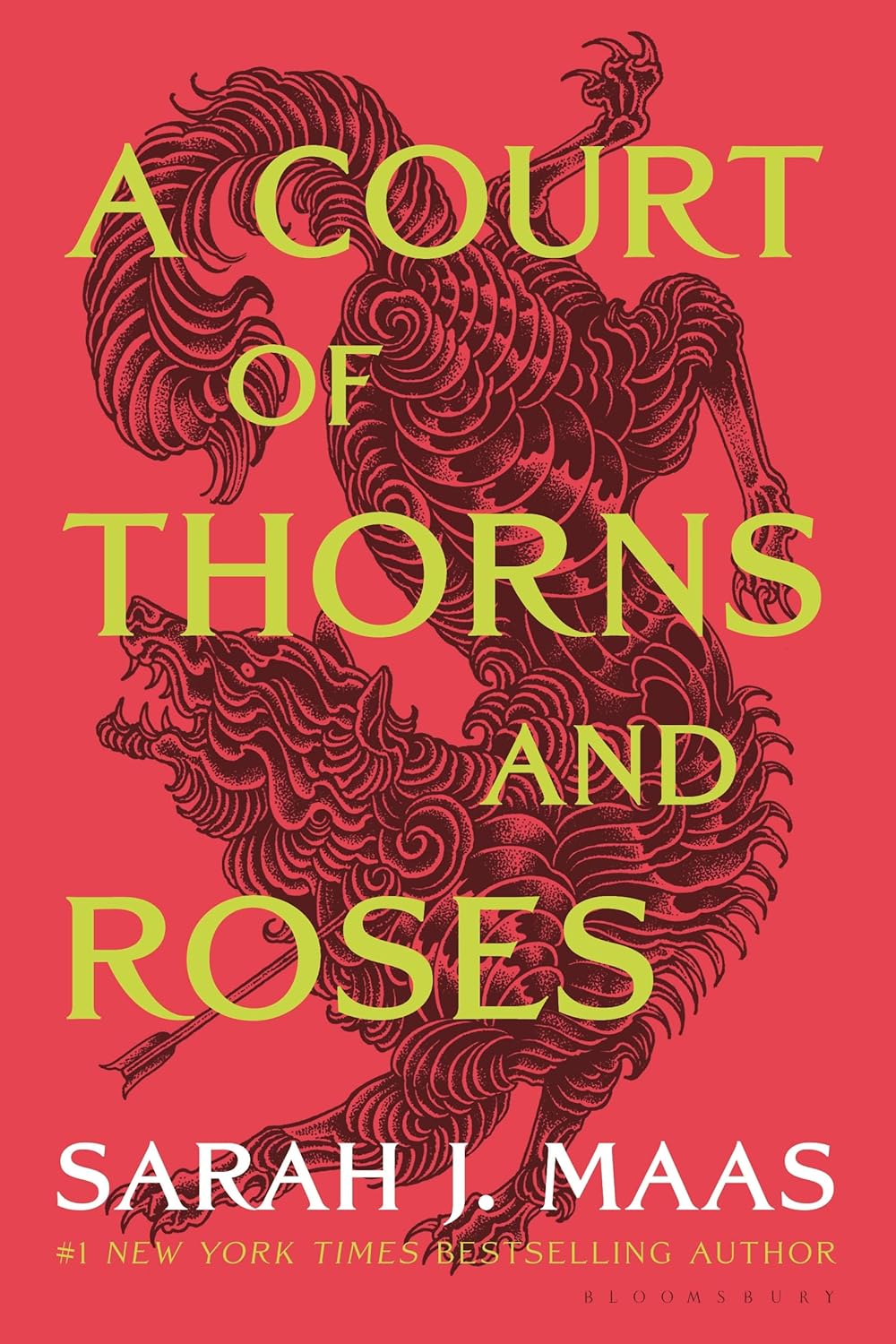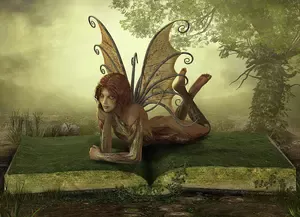- Home
- Fairy Blog
- Fairy Cakes
- Fairy Quotes
- Safety Dance
- The Flower Fairies Books
- What is a Fairy?
- Are Fairies Real?
- Elemental Fairies
- Faeries
- What are the Fae?
- Fae Fantasy Books
- Fairy History
- Origin of Fairies
- Fairies in Folklore
- Pixies
- Pixie Fairy Differences
- Gothic Fairies
- Tooth Fairy
- Fairy Festivals
- Fairy Gardens
- Fairy Garden Accessories
- Fairy Forests
- Fairy Poems
- Fairy Tales
- Fairy Tale Origins
- Classic Fairy Tales
- 24 Fairy Tales
- Fairy Tales around the World
- About Fantasy Creatures
- Dragons
- Dwarves
- Elves
- Gnomes
- Leprechauns
- Mermaids
- Unicorns
- Fairy Face Painting
- Free Fairy Art
- Fairy Coloring Pages
- Fairy Crafts For Kids
- Chinese Dragon Art
- How to Draw a Dragon
- Chinese Dragon Drawing
- Dragon Coloring Pages
- Fairy Tattoo Ideas
- About Us
- Contact Us
- Disclaimer
- Privacy Policy
What is a Gnome?
What is a Gnome, they have their origins in European folklore, particularly from Germanic, Scandinavian, and Slavic traditions. The word "gnome" is derived from the Greek term "gnomos," which means "earth-dweller" or "knowledge." This term was later adopted and popularized by the Swiss alchemist Paracelsus in the 16th century, who classified gnomes as one of the four elemental spirits, representing the earth element.
Gnomes are believed to live underground, often inhabiting mines, caves, or hidden forest dwellings. Their connection to the earth is a key aspect of their mythology, as they are often portrayed as protectors of the environment, guardians of underground treasures, and skilled miners and craftsmen.
Over time What is a Gnome has evolved and spread, with their characteristics and roles varying across different cultures and periods. Today, gnomes are a popular element in modern fantasy literature, films, and games, as well as whimsical decorations in the form of garden gnomes.
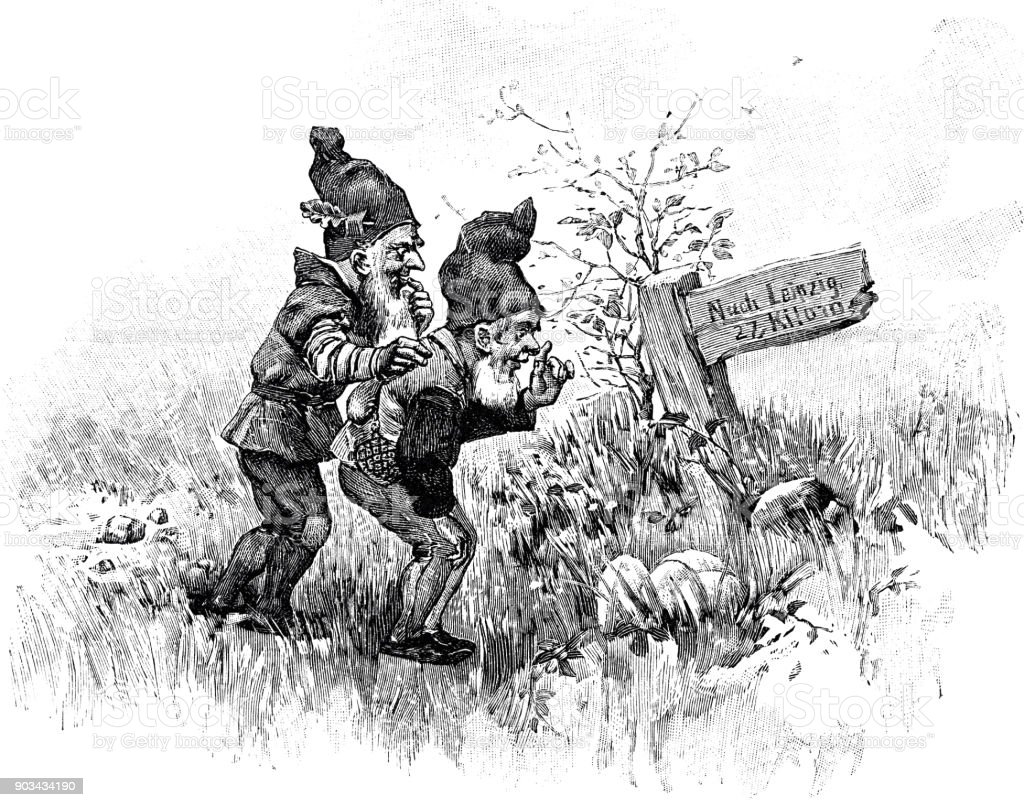
Amazon Audible Promo
With Amazon Audible’s holiday promo ($0.99/month for 3 months) and the release of Harry Potter: The Full-Cast Audio Editions, there's never been a better time to join.
What Is A Gnome?
Gnomes have appeared in various forms of literature, art, and popular culture, often with differing attributes and characteristics. In some stories, they are helpful and friendly to humans, while in others, they can be mischievous or even malevolent.
Gnomes have also become popular in modern fantasy literature, films, and role-playing games such as Dungeons & Dragons, where they are often portrayed as inventive, resourceful, and curious beings with a strong connection to nature and magic. In gardening culture, gnome statues or figurines, known as garden gnomes, are used as whimsical decorations and are thought to bring good luck and protect gardens from harm.
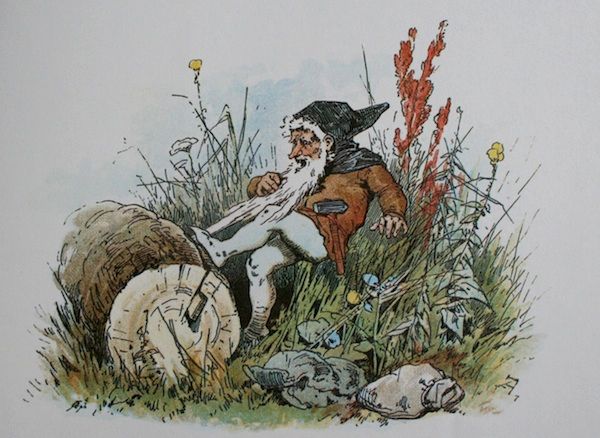
What is a Gnome In Folklore?
Gnomes are mythical creatures that have been part of European folklore for centuries. They are often portrayed as small, humanoid beings with magical powers, living underground or in wooded areas. Gnomes are typically depicted as wearing pointy hats, having long beards, and being skilled craftsmen and miners.
What is a Gnome folklore has its roots in European mythology and is particularly prevalent in Germanic, Scandinavian, and Slavic traditions. Gnomes are often associated with the earth and are believed to live underground, where they guard treasures and precious stones. They are also known to have a strong connection with nature and are often considered guardians or caretakers of the natural world.
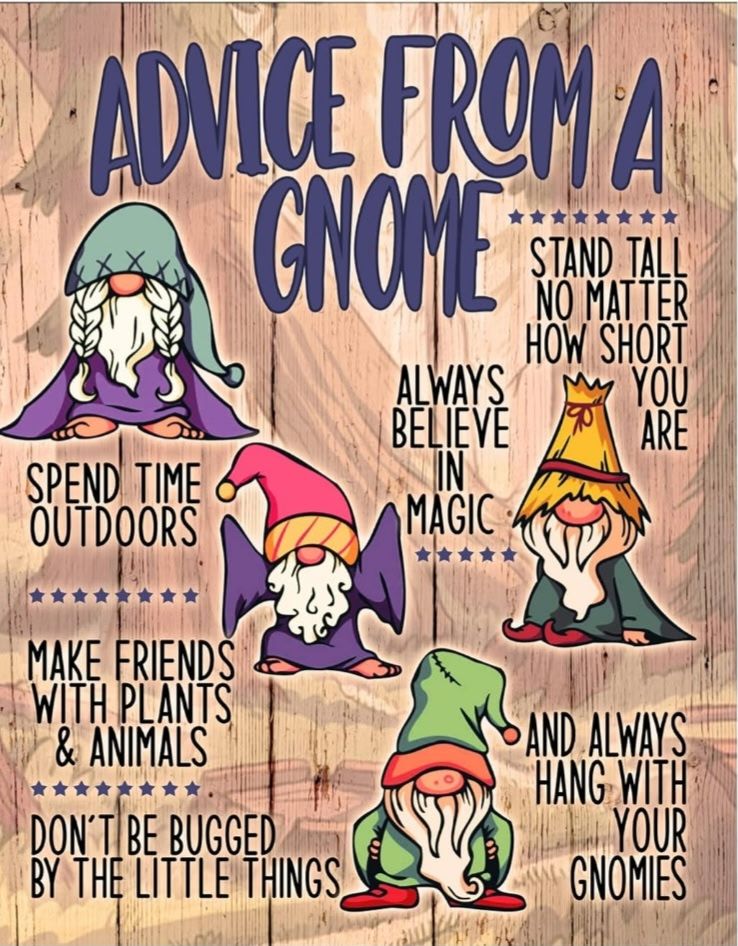
Gnome Characteristics In Folklore
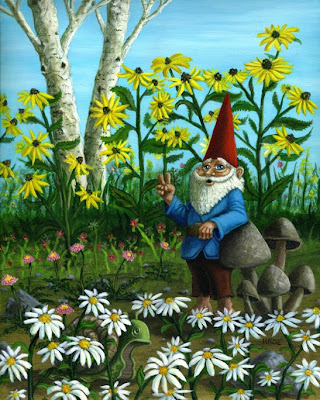
Appearance: Gnomes are typically depicted as small, human-like beings, standing between 6 inches and 2 feet tall. They have long beards, wear pointy hats, and dress in simple, earth-toned clothing.
Abilities: Gnomes are believed to possess magical powers and a deep knowledge of the earth and its elements. They are often skilled in crafts such as metalworking, gem cutting, and mining.
Disposition: Gnomes are usually portrayed as shy, reclusive creatures who prefer to avoid human contact. However, they can also be helpful and friendly, offering guidance or assistance to those who are lost or in need. In some stories, gnomes can be mischievous or even malevolent, playing tricks on humans or causing harm.
Nature guardians: Gnomes are often depicted as protectors of the environment, working to maintain the balance between nature and civilization. They are sometimes seen as allies to other mythical creatures, such as fairies and elves, who also serve to protect the natural world.
Household spirits: In some traditions, gnomes are believed to inhabit human homes, acting as caretakers and protectors. They may assist with chores, repair broken items, or provide good fortune to the household.
In other stories, gnomes have been known to aid childless couples in conceiving a child. The concept of gnomes has evolved over time, with their characteristics and roles varying across different cultures and periods. Today, gnomes continue to be a popular element in modern fantasy literature, films, and games, as well as whimsical decorations in the form of garden gnomes.
Find out about the history of gnomes here.
Book of the Month
The Best Selling Fae Fantasy Book! A great Christmas gift!
CLICK HERE for more information and best price!
Recent Articles
-
Fae Fantasy Books - where love can be both thrilling and terrifying!
Nov 22, 25 02:34 AM
Fae Fantasy Books - explore new aspects of what it means to be human in a world where magic and immortal beings exist! A perfect blend of danger and allure! -
Water Fairies: Meet the Mystical Undines of the Waters
Nov 19, 25 02:45 AM
Water fairies, often called undines, are enchanting magical beings deeply connected to the element of water. These spirits appear in folklore and fairy tales -
Earth fairies are elemental beings connected to the earth element.
Nov 19, 25 02:34 AM
Earth fairies, also known as gnomes, are elemental beings deeply connected to the earth element. They have rich roots in folklore, mythology, and fairy tales

